You can select the "largest" contour by filling in the holes that each contour surrounds, figure out which shape gives you the largest area, then use the locations of the largest area and copy that over to a final image. As what Benoit_11 suggested, use regionprops - specifically the Area and PixelList flags. Something like this:
im = imclearborder(im2bw(imread('https://i.stack.imgur.com/a5Yi7.jpg')));
im_fill = imfill(im, 'holes');
s = regionprops(im_fill, 'Area', 'PixelList');
[~,ind] = max([s.Area]);
pix = sub2ind(size(im), s(ind).PixelList(:,2), s(ind).PixelList(:,1));
out = zeros(size(im));
out(pix) = im(pix);
imshow(out);
The first line of code reads in your image from StackOverflow directly. The image is also a RGB image for some reason, and so I convert this into binary through im2bw. There is also a white border that surrounds the image. You most likely had this image open in a figure and saved the image from the figure. I got rid of this by using imclearborder to remove the white border.
Next, we need to fill in the areas that the contour surround, so use imfill with the holes flag. Next, use regionprops to analyze the different filled objects in the image - specifically the Area and which pixels belong to each object in the filled image. Once we obtain these attributes, find the filled contour that gives you the biggest area, then access the correct regionprops element, extract out the pixel locations that belong to the object, then use these and copy over the pixels to an output image and display the results.
We get:

Alternatively, you can use the Perimeter flag (as what Benoit_11) suggested, and simply find the maximum perimeter which will correspond to the largest contour. This should still give you what you want. As such, simply replace the Area flag with Perimeter in the third and fourth lines of code and you should still get the same results.





